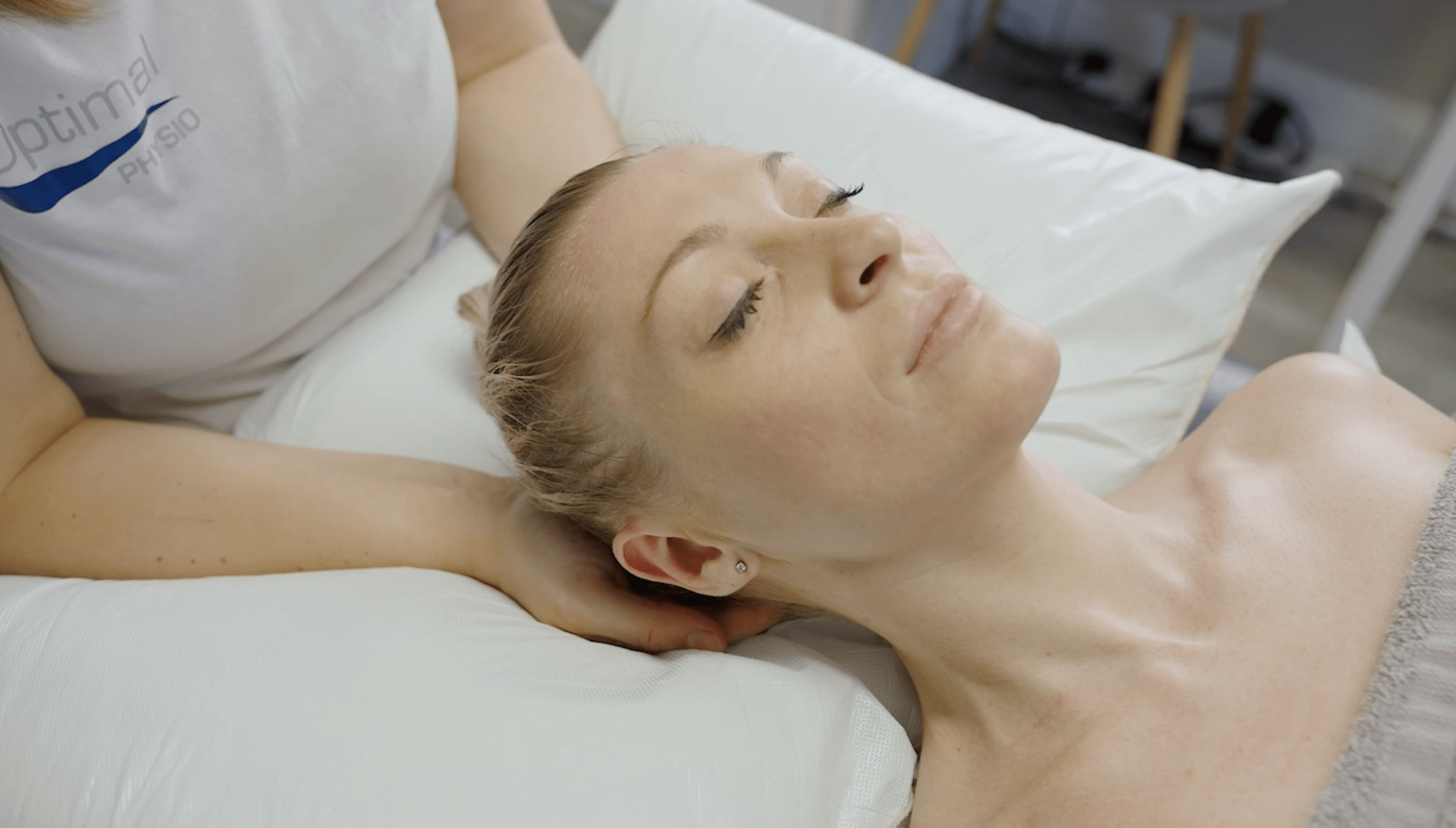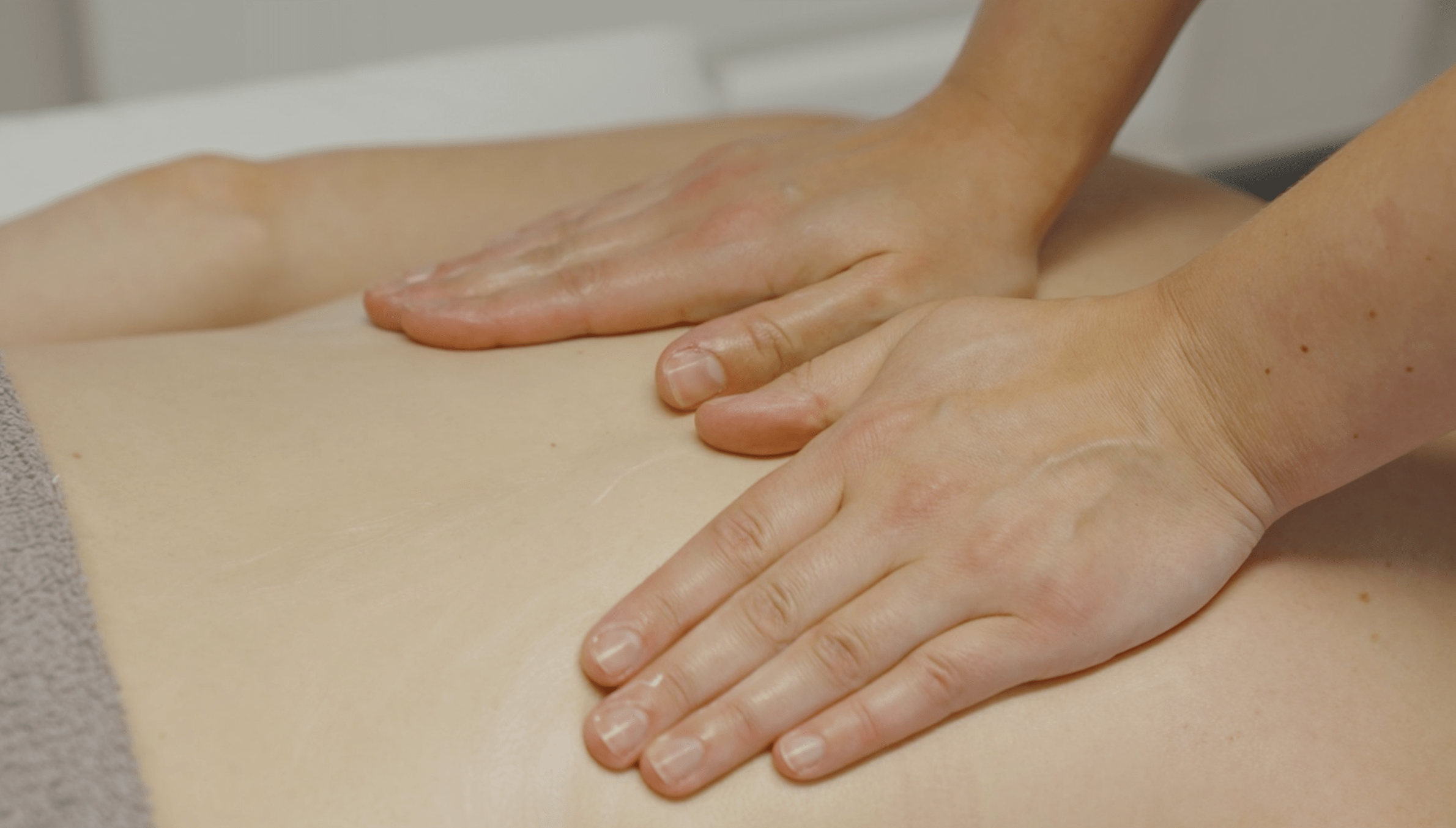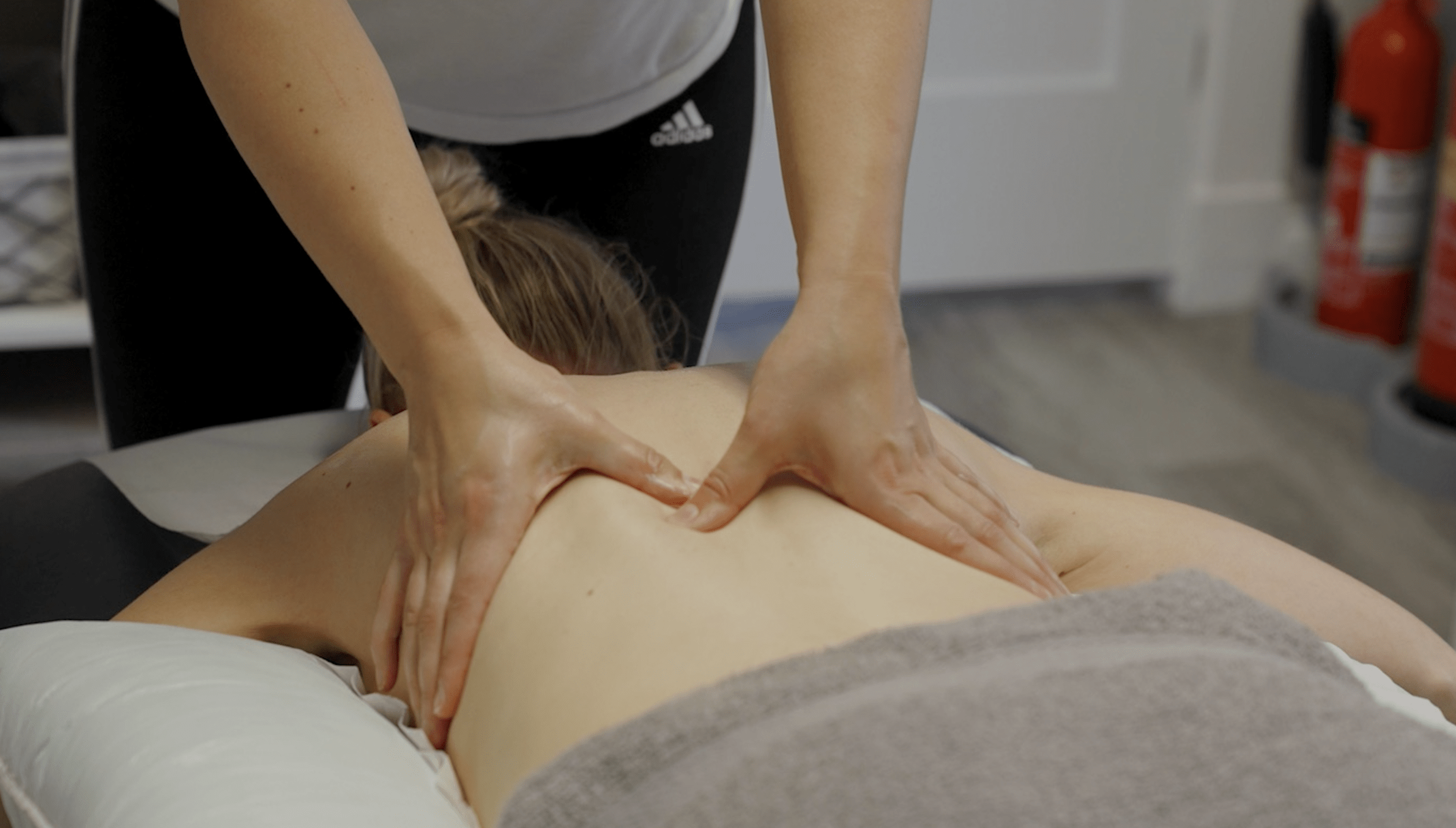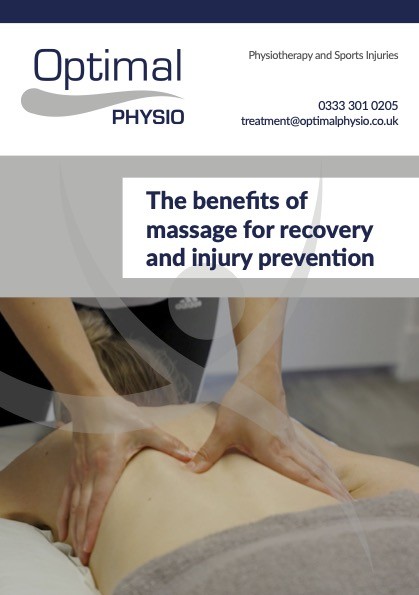Massage Therapy
Massage Therapy For Recovery
Sports massage can be a powerful part of your treatment as well as a stand alone therapy.
Massage can be used alongside your recovery plan or to maintain your wellbeing. If putting your body through its paces, regular massage can help keep injury at bay as well as highlight where an injury or niggle might be developing.
Many of the people we work worth are recommended massage from friends or family who have themselves benefitted. Often, if someone books a massage to respond to one particular problem, prepare for an event or to relax, they are surprised by how far reaching the benefits of massage can be.

Your Massage Your Way
You might be worried that massage will hurt or that you won’t benefit from it at all.
Whether preparing for a sporting event, treating an injury or stiffness, or relieving stress and muscle tension, just like your physiotherapy plan of care you will work with your massage therapist to define what you want to achieve from your massage therapy.
The Impact Of Massage Therapy
Sports massage has physical, physiological and psychological benefits and can help injury prevention, recovery and performance.
Massage is a general term for pressing, rubbing and manipulating your skin, muscles, tendons and ligaments with the hands.
There are many different types of massage, which can range from light stroking or kneading to deep pressure.
- Regardless of technique, regular massage can improve your quality of life.
- My favourite reason for a massage is always the stress relief but there are many others.
- Massage improves circulation, allowing the body to carry what it needs to injuries to help heal and recover.
- Stretching the muscles so directly can improve flexibility and range of motion, fluidity and ease of movement.
Massage releases endorphins which in turn induces relaxation, reduces anxiety and relaxes muscle tension.


How We Solve The Problem
Sports massage usually focusses on where the body needs it most. We treat clients who have specific injuries, who are giving their body the best chance of performing at its best at an event or life in general or who are feeling the physical effects of stress and tension.
Our whole therapy team are trained massage therapists able to complement your treatment programme, or use massage as a stand alone treatment.
FAQs
Can sports massage be painful?
Well the simple answer is, it can be. However your physiotherapists or sports massage therapist will adapt to your tolerance level to ensure you get the most amount of benefit from your session.
Who should get a sports massage?
Everyone! Sporty/non-sporty, old/young, abled/disabled, even racehorses and some cows get massage!
When should you get a sports massage?
If you are looking to sports massage to recover from an injury, seek guidance from a physio first to ensure its just a muscular issue.
If it’s to ease pulled muscle/muscle ache/tension, provided the injury hasn’t happened in the last 12hrs (acute injury phase) then seek a sports massage as early as you can.
How frequently should I get a sports massage?
If you are very active or training for an athletic competition then sports massage is recommended more frequently, say every 2-3weeks.
If you’re coming for a sports massage to resolve an injury it is common practice to keep the first few appointments close together and as the injury resolves, you can then look at a monthly maintenance massage.
I'm not a sports person do I need a massage?
Sports massage is a form of Remedial Massage. As the name suggests, its is very popular with people who actively participate in sport for its remedial benefits. Straining the muscles in your shoulder painting is similar trauma to straining you shoulder playing badminton, for example. Straining your hamstring running for the bus is the same trauma as straining your hamstring running a marathon.
Benefits of massage?
- Reduced pain and muscle soreness
- Increased relaxation
- Reduced stress and anxiety
- Improved circulation
- Improved athletic performance
- Improved recovery time
- Improved range of movement (ROM)
- Lower blood pressure
- Improved immune function
- Can help
- Digestive issues
- Fibromyalgic pain
- Headaches/migraines
- Stress related insomnia
- Lower back pain
- Neural (nerve) pain
- Soft tissue strains/injuries
- Sports injuries
- Joint pain
- Back, neck and jaw pain
Should I get a 30min, 60min or 90min massage what’s the difference?
- 30mins – for a follow up appointment or regular/routine treatment or muscle management or focussed localised massage treatment (eg. Just the neck/shoulder, just the calves or legs).
- 60mins – for an initial appointment, full body treatment (excluding arms unless requested) or in depth focussed treatment of specific areas.
- 90mins – for an in-depth full body treatment, which can include arms, hands and feet.
Can I have a massage at the same time as my physio treatment?
When should I not have a massage?
- Total:
- Fever
- High temperature
- Recent operations (last 6 months)*
- Acute injuries (12-24hrs post injury)*
- Local:
- Varicose veins*
- Undiagnosed lumps*
- Pregnancy (1st trimester especially, seek advice from doctor or pregnancy massage therapist)
- Cuts/abrasions*
- Sunburn*
- Skin disorders*
- Medical:
- CVD*
- COVID19
- DVT*
- High/low blood pressure*
- Blood/clotting disorders*
- Psoriasis or eczema*
- Any treatment currently being treated by a medical practitioner*
- Undergoing tests or any treatment for cancer
- Heart issues including pacemakers*
- Neural conditions*
- Epilepsy*
- Diabetes*
Note: Not all contraindications prevent you from being treated but the massage therapist should be informed of any of these at the earliest convenience by the client before any treatment and if any of these change over the course of the treatment.

,,

Download your free ebook.
There is a lot of misleading and inaccurate information available relating to massage. So we have made this ebook to give you free information you can trust. Enter your details below to receive all the latest Optimal Physio news and offers, we’ll also give you a free e-book.